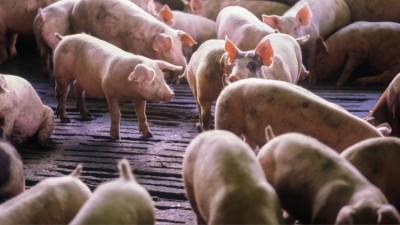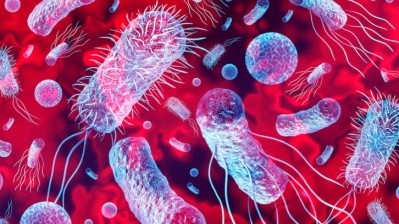Food Forensics
Forever chemicals in fruit and veg: just how worried should I be?

The answer is no, not unduly, but you need to be aware of this issue and consider proactive monitoring.
Perfluoroalkylated substances (PFASs) are a group of fluorinated compounds that have been widely used in industrial and consumer applications since the 1940s. PFAS have oil and water-repellent properties and were developed for use as surfactants and stain repellents.
Their widespread use, together with their persistence in the environment, has led to widespread environmental contamination. As their stability and resistance to degradation result in almost indefinite environmental contamination, which leads to long-term continuous exposure to people and wildlife, there is worldwide concern over their impact.
The European Food Safety Authority (EFSA) opinion on the risk to human health related to PFASs in food concluded that they can cause developmental effects and may have adverse effects on cholesterol, the liver, the immune system and birthweight. The opinion established a tolerable weekly intake (TWI) for the sum of certain PFAS chemicals (PFOS, PFOA, PFNA and PFHxS).
Following on from this opinion, it was shown that certain populations in Europe were consuming PFAS at a level above the TWI and this led to maximum levels for PFOS, PFOA, PFNA and PFHxS in eggs, fish meat, crustaceans, bivalve molluscs, meat and offal of farmed and wild animals being established by means of Regulation (EU) 2022/2388. These chemicals bioaccumulate in fish and animals (including humans).
Attention then turned to PFAS in other foods such as fruit and vegetables. The EU has adopted Recommendation (EU) 2022/1431 on the monitoring of PFASs in food. This recommendation aims to gather occurrence data for a wide range of PFASs in foods, to support a dietary exposure assessment and assess the need to regulate PFASs in other specific commodities.
This recommendation has set indicative levels for PFAS in fruits, vegetables, milk and baby food. Foods with levels of PFAS exceeding these indicative levels can still be sold but investigations should be carried out when there are exceedances.
If you are not currently monitoring PFAS levels in fruit and vegetables, you may wish to consider this. At some point, these recommendations will likely be made into maximum-level regulations. Understanding where your supply is currently will help inform focus to address and reduce these levels. Some of the reported worst offenders included grapes, cherries, spinach, tomatoes and strawberries.
If you like a good movie then ‘Dark Waters’ is worth a watch, based on the real-life story of a lawyer who took on DuPont after discovering they were polluting drinking water with PFOA used in the manufacture of Teflon, it certainly gives some context to the importance of monitoring PFAS.


















